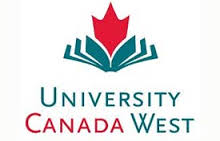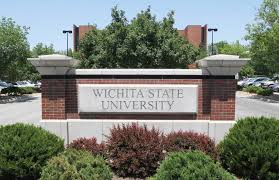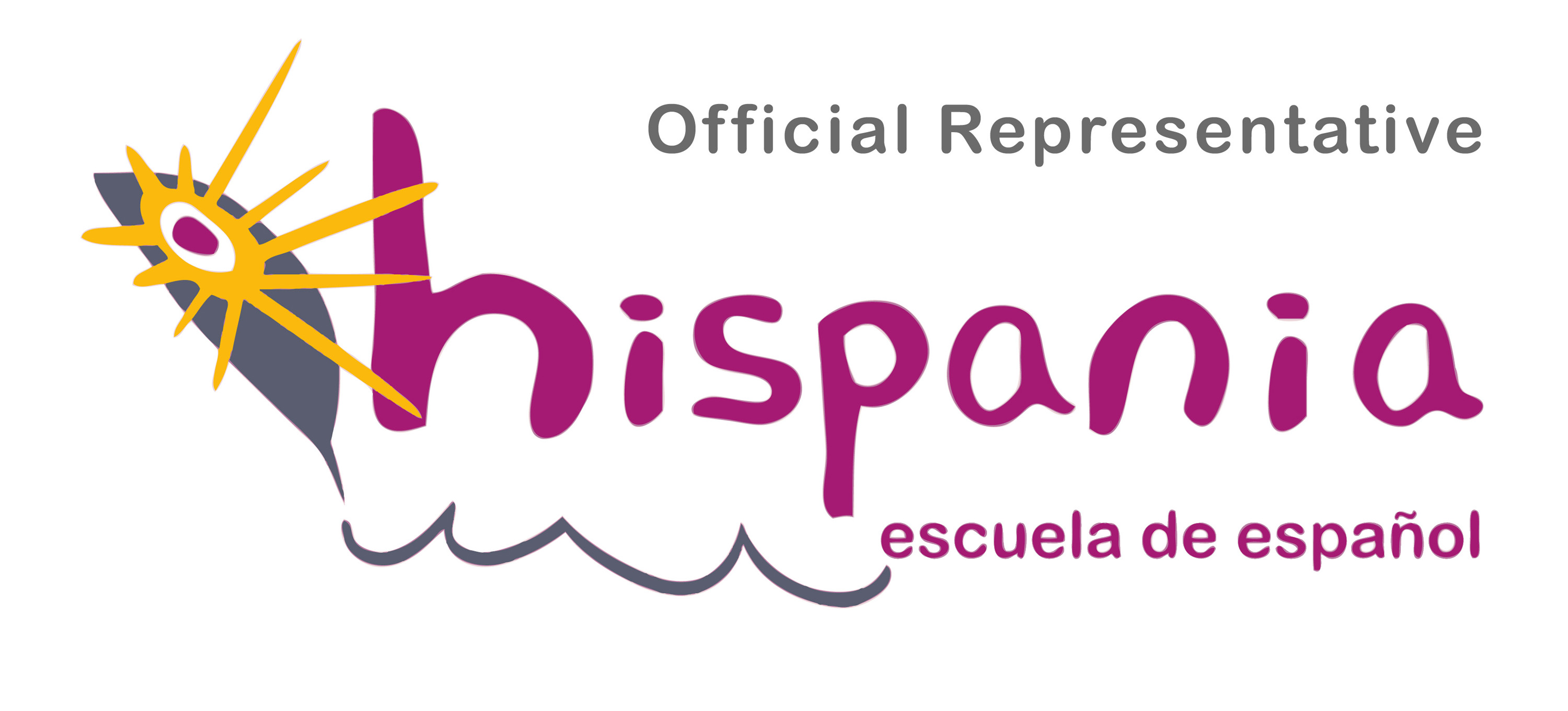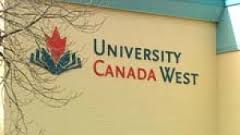Study in India

Study In India
India has its long history in education system. Firstly temple was the place for education and later on it expanded. India had recorded its first higher learning centre in 5th century BCE. The Nalanda University is the oldest university of India. Western Education has its impact on Indian society with the establishment of British Raj.Education in India is provided by the public sector as well as the private sector, with control and funding coming from three levels: central, state, and local. India's education system is divided into different levels such as pre-primary level, primary level, elementary education, secondary education, undergraduate level and postgraduate level. The National Council of Educational Research and Training (NCERT) is the apex body for curriculum related matters for school education in India. The NCERT provides support and technical assistance to a number of schools in India and oversees many aspects of enforcement of education policies. In India, the various curriculum bodies governing school education system are:
The state government boards, in which the majority of Indian children are enrolled.
The Central Board of Secondary Education (CBSE). CBSE conducts two examinations, namely, the All India Secondary School Examination, AISSE (Class/Grade 10) and the All India Senior School Certificate Examination, AISSCE (Class/Grade 12).
The Council for the Indian School Certificate Examinations (CISCE). CISCE conducts three examinations, namely, the Indian Certificate of Secondary Education (ICSE - Class/ Grade 10); The Indian School Certificate (ISC - Class/ Grade 12) and the Certificate in Vocational Education (CVE - Class/Grade 12).
The National Institute of Open Schooling (NIOS) conducts two examinations, namely, Secondary Examination and Senior Secondary Examination (All India) and also some courses in Vocational Education.
International schools affiliated to the International Baccalaureate Programme and/or the Cambridge International Examinations.
Islamic Madrasah schools whose boards are controlled by local state governments or autonomous or affiliated with Darul Uloom Deoband.
Autonomous schools like Woodstock School, The Sri Aurobindo International Centre of Education Puducherry, Auroville, Patha Bhavan and Ananda Marga Gurukula.
In addition, NUEPA (National University of Educational Planning and Administration) and NCTE (National Council for Teacher Education) are responsible for the management of the education system and teacher accreditation.
The central and most state boards uniformly follow the "10+2+3" pattern of education. In this pattern, there are 3 years of college education for bachelor's degree. The 10 years is further divided into 5 years of primary education and 3 years of upper primary, followed by 2 years of high school. This pattern originated from the recommendation the Education Commission of 1964–66.
Education systems in India follow following systems:-
1. Primary education system
2. Private education system
3. Home schooling
4. Secondary education
5. Higher education
6. Technical education
7. Open and distance learning
Some facts and figures:-
As per the latest (2013) report issued by the All India Council of Technical Education (AICTE), there are more than 3524 diploma and post-diploma offering institutions in the country with an annual intake capacity of over 1.2 million.
The AICTE also reported 3495 degree-granting engineering colleges in India with an annual student intake capacity of over 1.76 million with actual enrollment crossing 1.2 million.
Capacity for Management Education crossed 385000, and post graduate degree slots in Computer Science crossed 100,000. Pharmacy slots reached over 121,000.
Total annual intake capacity for technical diplomas and degrees exceeded 3.4 million in 2012.
According to the University Grants Commission (UGC) total enrollment in Science, Medicine, Agriculture and Engineering crossed 6.5 million in 2010.
Charu Sudan Kasturi reported in the Hindustan Times (New Delhi, 10 January 2011) that the number of women choosing engineering has more than doubled since 2001.
In the India education system, a significant number of seats are reserved under affirmative action policies for the historically disadvantaged Scheduled Castes and Scheduled Tribes and Other Backward Classes. In universities/colleges/institutions affiliated to the federal government there is a minimum 50% of reservations applicable to these disadvantaged groups, at the state level it can vary. Andhra Pradesh had 83.33% reservation in 2012, which is the highest percentage of reservations in India. Beside this there is also some percentage of Foreign Quota for foreign citizens in universities and colleges.

 Dear Aspirant,
Dear Aspirant,









